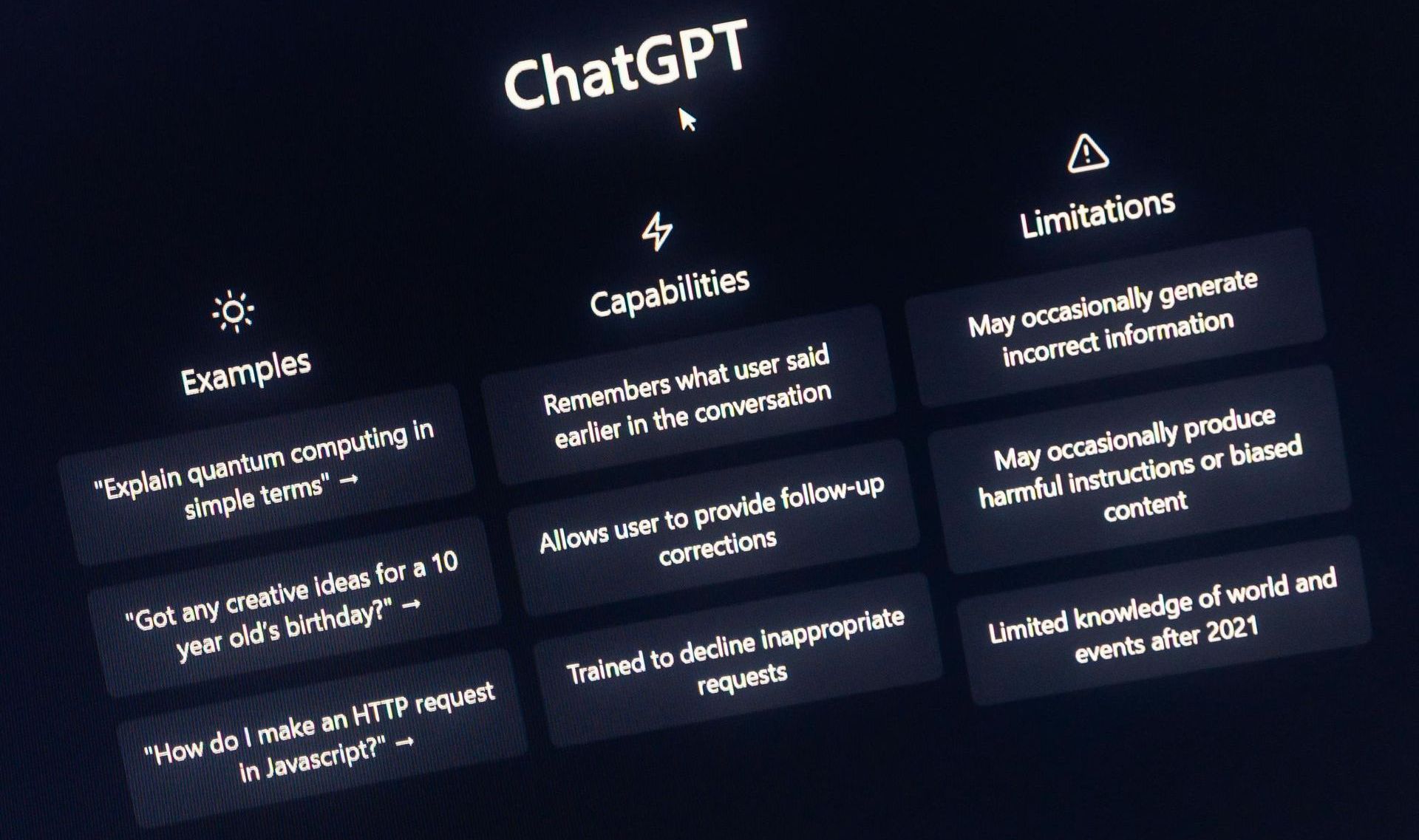Determine Which Platform is Best for You and Your Audience
In today's digital landscape, choosing the right platforms to share your content is crucial for reaching and engaging your audience. But with so many options available, how do you determine which platforms are best for you and your audience? Here are some key steps to guide you:
Understand Your Audience
The first step in determining the best platform is to understand your audience. Where do they spend their time online? What kind of content do they engage with the most? Use tools like Google Analytics and social media insights to gather data about your audience’s preferences and behaviors.
Analyze Engagement Metrics
Once you have a clear picture of your audience, analyze engagement metrics across different platforms. Look at likes, shares, comments, and other interaction metrics to see where your content performs best. This data will help you identify which platforms are most effective for reaching your audience.
Observe Your Competitors
Your competitors can provide valuable insights into which platforms might work best for you. Observe where they are most active and successful. What kind of content are they sharing, and how is their audience responding? This information can help you refine your own platform strategy.
Experiment and Adapt
Don’t be afraid to experiment with different platforms to see what works best for your brand. Start by sharing content on multiple platforms and monitor the results. Be ready to adapt your strategy based on what you learn. Over time, focus your efforts on the platforms that yield the highest engagement and reach.
Match Content to Platform
Finally, it’s essential to match your content type to the right platform. Each platform has its strengths and is better suited for certain types of content. For example:
- Instagram: Ideal for visual content such as photos, infographics, and short videos. It’s great for building a visually appealing brand presence.
- LinkedIn: Perfect for professional, industry-specific content. Use it to share thought leadership articles, company updates, and professional achievements.
- YouTube: Best for longer video content, tutorials, and in-depth product reviews.
- X/Twitter: Suitable for short, timely updates and engaging in real-time conversations with your audience.
By understanding your audience, analyzing engagement metrics, observing competitors, experimenting with different platforms, and matching your content type to the right platform, you can develop a strategy that effectively reaches and engages your audience.
Ready to start? Dive into your analytics, get to know your audience better, and begin experimenting with different platforms to see what works best for your brand.











